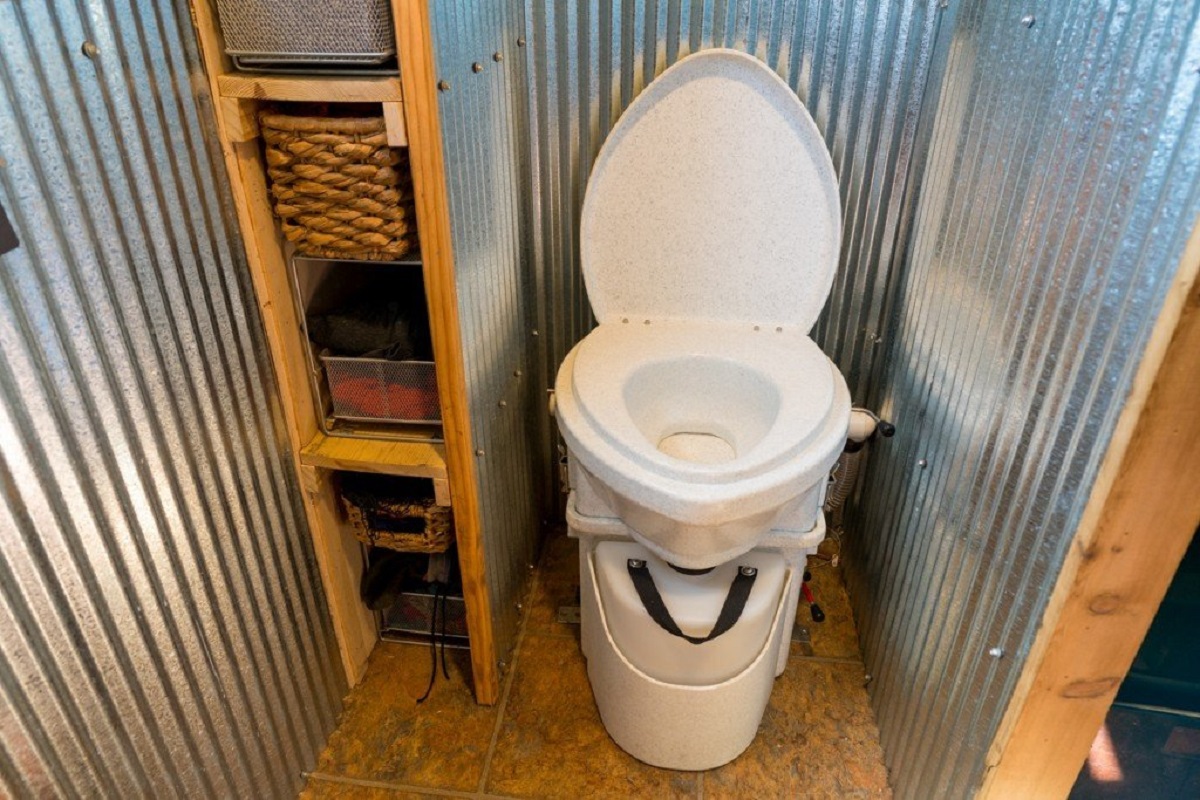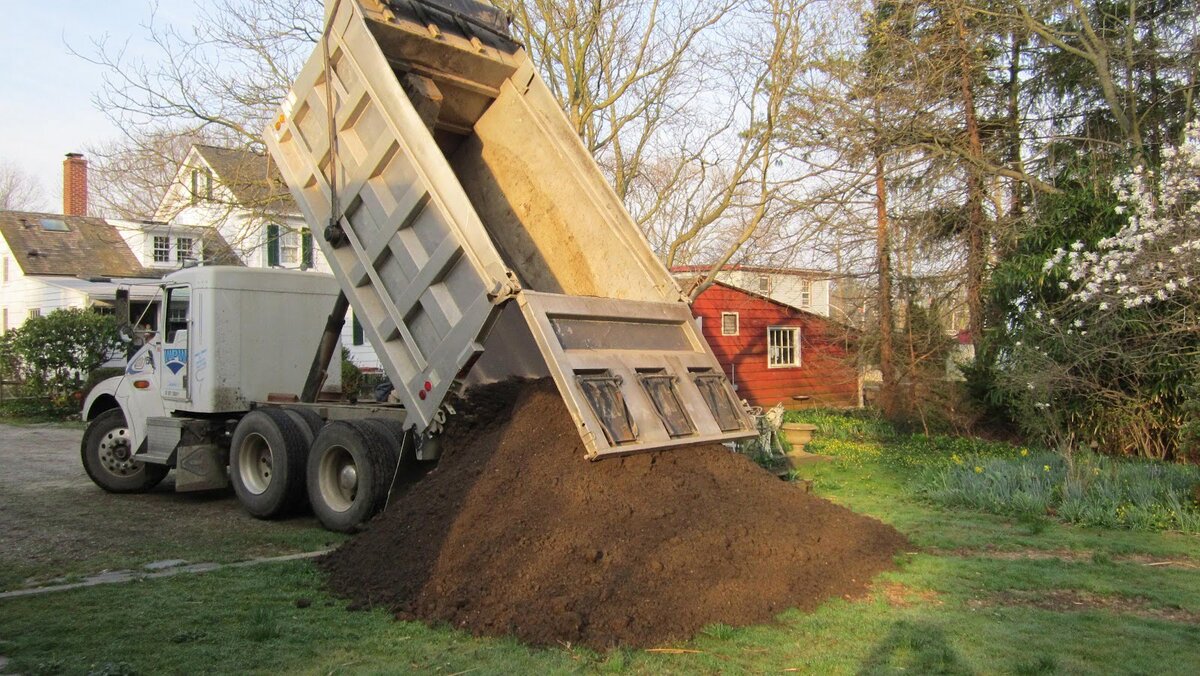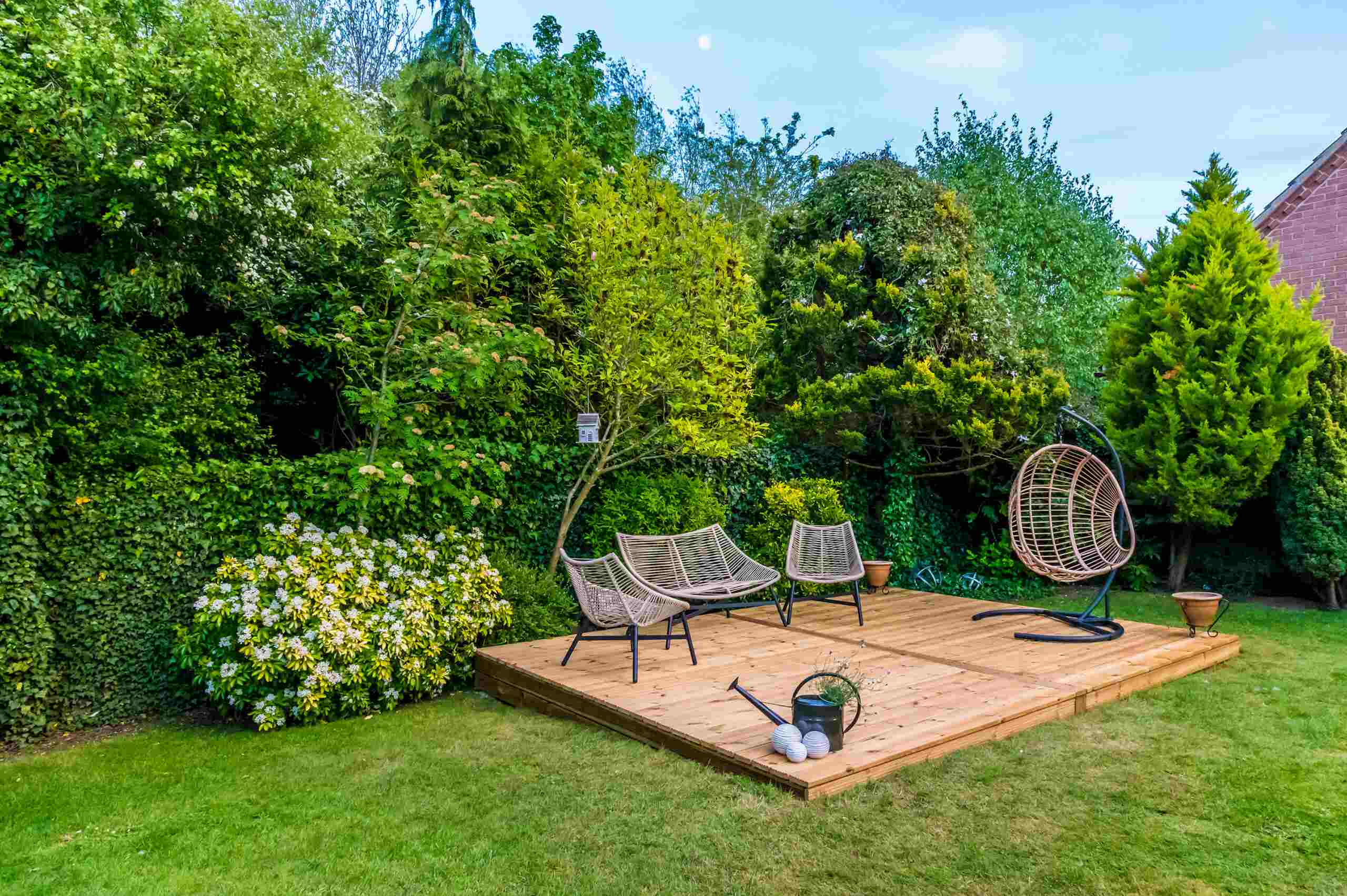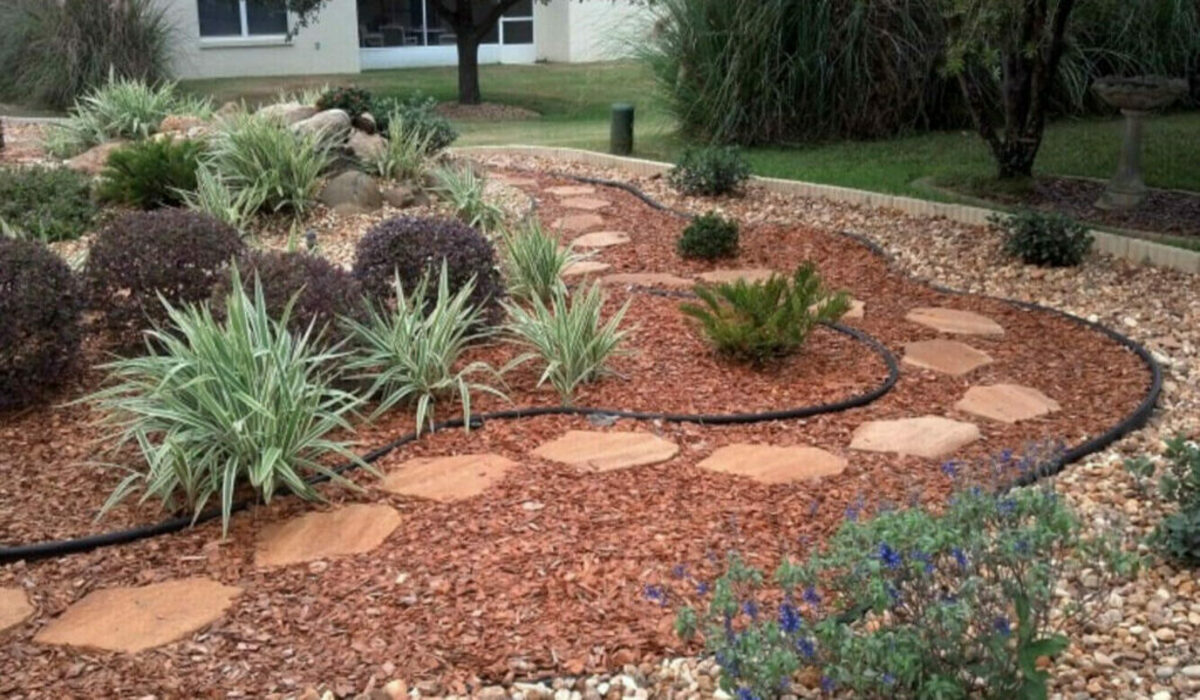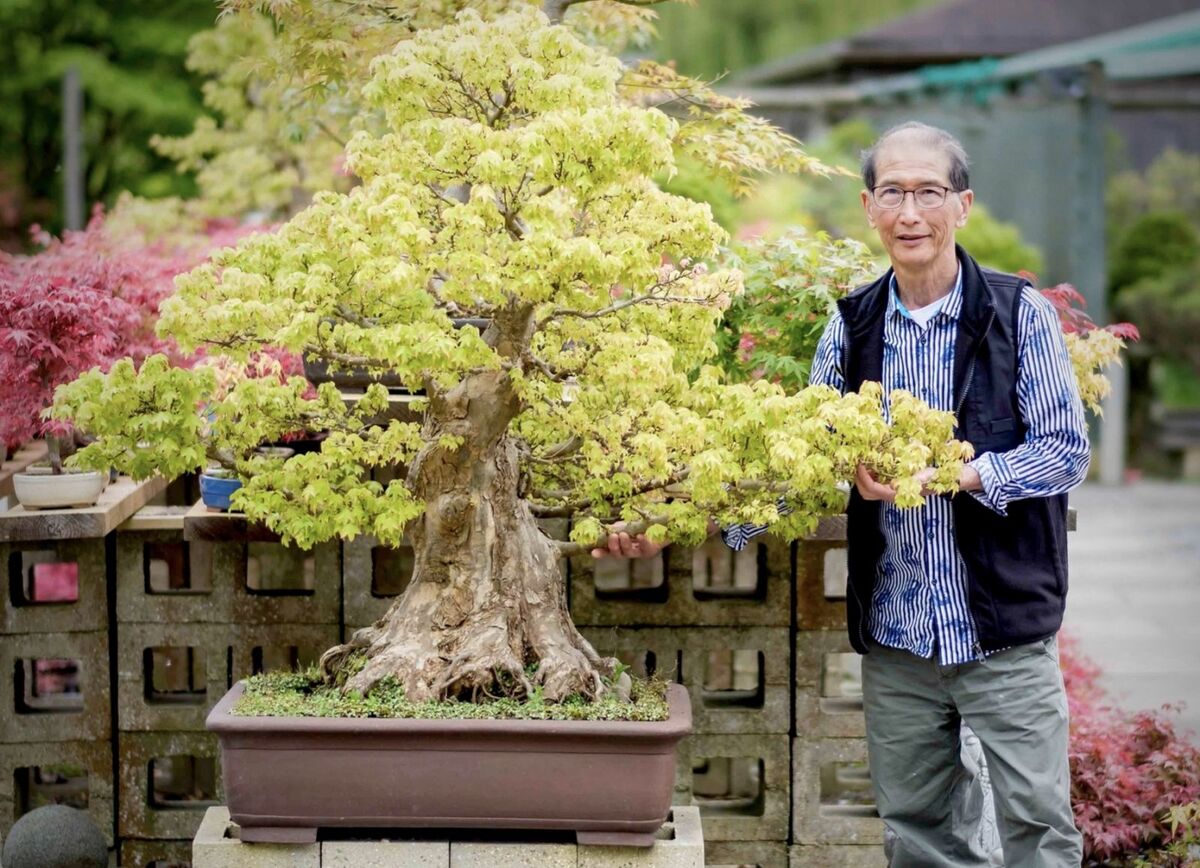Home>Gardening Tips and Tricks>Maximizing Yield>How Much Does It Cost To Get Trees Trimmed
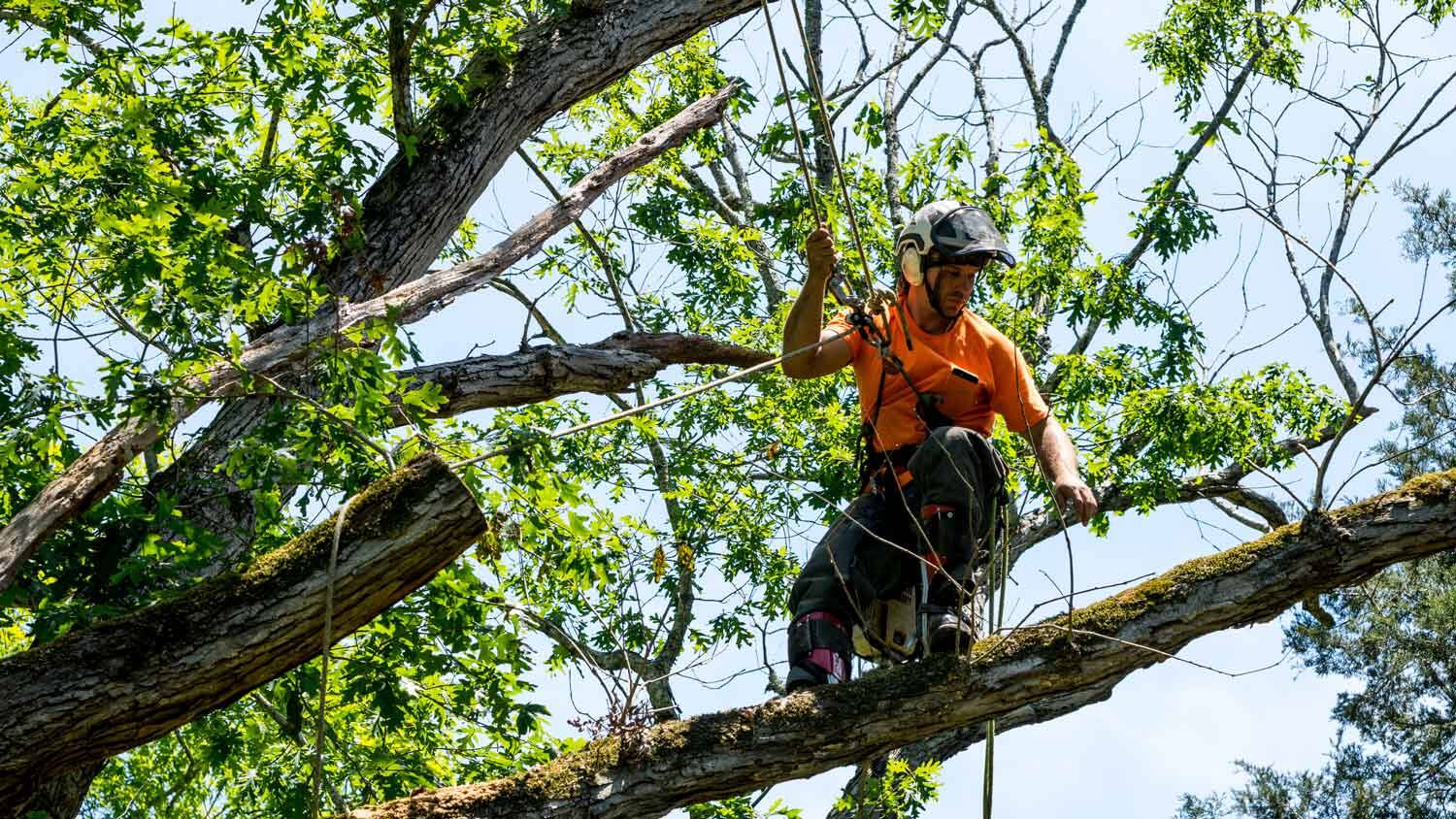

Maximizing Yield
How Much Does It Cost To Get Trees Trimmed
Published: October 28, 2023
Discover the cost of maximizing yield with professional tree trimming services. Boost your tree's health, appearance, and productivity at an affordable price.
(Many of the links in this article redirect to a specific reviewed product. Your purchase of these products through affiliate links helps to generate commission for Chicagolandgardening.com, at no extra cost. Learn more)
Table of Contents
Introduction
Welcome to our comprehensive guide on the cost of getting trees trimmed. Trees are not only beautiful additions to our landscapes, but they also provide shade, improve air quality, and add value to our properties. However, like any living organisms, trees require regular maintenance to ensure their health and safety. One crucial aspect of tree maintenance is trimming or pruning.
Tree trimming involves the removal of dead or unhealthy branches, shaping the tree for aesthetic purposes, and enhancing its overall structure. While it may seem like a simple task, tree trimming requires skill, specialized equipment, and knowledge of tree biology to ensure the tree’s long-term health.
Understanding the costs associated with tree trimming is essential if you’re a homeowner or property owner considering this service. Several factors come into play when determining the cost of tree trimming, including tree size, accessibility, the number of branches to be removed, and whether additional services like stump removal or debris hauling are required.
Throughout this article, we’ll explore the various factors that influence tree trimming costs, provide an overview of the average cost range for professional services, discuss additional costs that may arise, and offer tips on how to save money on tree trimming. By the end, you’ll have a clear understanding of what to expect and be able to make an informed decision about tree trimming services.
Factors Influencing Tree Trimming Costs
Several factors can influence the cost of tree trimming services. It’s important to understand these factors to get a realistic estimate and ensure you’re receiving a fair price for the work. Let’s take a closer look at some of the key factors that can affect tree trimming costs:
- Tree Size and Type: Larger trees with more branches and a complex structure will require more time and effort to trim, resulting in higher costs. Moreover, different tree species may have specific trimming requirements, affecting the overall price.
- Accessibility: The ease of accessing the tree plays a vital role in determining the cost. If the tree is located in a hard-to-reach area, such as close to a building or in a backyard with limited access, additional equipment or climbing techniques may be needed, leading to increased costs.
- Number of Branches: The number of branches that need to be trimmed will impact the total cost. Trees with a higher density of branches will require more time and labor to complete the trimming job.
- Tree Health and Condition: If a tree is diseased, infested with pests, or has significant structural issues, special precautions and additional care may be necessary during the trimming process. This can increase the cost of the service.
- Location: Tree trimming costs can also vary by location. Factors such as regional labor rates, local market competition, and transportation costs can all contribute to price differences. It’s worth comparing quotes from different companies to ensure you’re getting a competitive rate.
Keep in mind that these factors are not exhaustive, and other variables may come into play when determining the final cost of tree trimming. It’s recommended to consult with professionals to assess your specific tree trimming needs and receive an accurate estimate.
Average Cost of Tree Trimming Services
Understanding the average cost of tree trimming services can help you budget accordingly for this essential maintenance task. It’s important to note that the cost can vary significantly based on the factors mentioned earlier. However, we’ll provide you with a general overview of the average cost range for tree trimming services.
In general, basic tree trimming services can range from $150 to $500 per tree. This cost typically includes the removal of dead or diseased branches, shaping the tree for aesthetic purposes, and ensuring its structural integrity. Keep in mind that this is a rough estimate, and depending on the factors mentioned earlier, the cost may be higher or lower.
For larger trees or ones with more complex structures, you can expect to pay anywhere from $500 to $1,500 or more. These trees require additional time, equipment, and expertise to trim properly. Trees that are difficult to access, such as those situated near buildings or in areas with limited space, may have a higher price range due to the additional challenges involved.
Other factors that can affect the cost include the presence of hazardous limbs or branches, which may require specialized equipment and techniques for removal. For such cases, the cost can range from $500 to $2,000 or more.
It’s important to note that the cost of tree trimming services can also depend on the reputation and experience of the tree trimming company. Established and reputable companies may charge higher rates due to their expertise and professionalism. However, they often provide high-quality services, ensuring the health and safety of your trees.
It’s recommended to obtain multiple quotes from different tree trimming companies to compare prices and services offered. This will help you make an informed decision and choose the best option that fits within your budget.
Additional Costs to Consider
When budgeting for tree trimming services, it’s essential to consider any additional costs that may arise. While the primary cost will be for the actual tree trimming, there are other factors to keep in mind. Here are some additional costs associated with tree trimming:
- Stump Removal: If you want the entire tree removed, including the stump, there will be an additional cost for stump removal. Stump removal can range from $75 to $350 per stump, depending on the size and accessibility of the stump.
- Debris Hauling and Cleanup: After the tree trimming process, there will typically be a considerable amount of debris, such as branches and leaves, that needs to be removed and disposed of. Some tree trimming companies include debris hauling and cleanup in their service, while others may charge an extra fee for this. The cost can range from $50 to $100 or more.
- Hazardous Tree Conditions: If the tree being trimmed is in a hazardous condition, such as leaning towards a structure or power line, additional precautions and specialized equipment may be necessary, resulting in higher costs. It’s crucial to address hazardous conditions promptly to ensure the safety of your property and minimize potential damage.
- Permit Fees: In some areas, obtaining a permit for tree trimming or tree removal may be required by local regulations. Permit fees can vary depending on your location and the specific requirements set by the local authorities. It’s important to check with your local municipality to determine if a permit is needed and what the associated costs are.
It’s important to discuss these potential additional costs with the tree trimming company during the initial consultation. This will help you get a complete understanding of the total cost and avoid any surprises once the project is underway.
DIY vs. Hiring Professionals
When it comes to tree trimming, you may be wondering whether it’s more cost-effective to do it yourself or hire professionals. While DIY tree trimming may seem like a way to save money, it’s important to consider the pros and cons before making a decision.
DIY tree trimming can be suitable for small, low-risk trees with easily accessible branches. If you have experience, the necessary tools, and knowledge of proper trimming techniques, you may be able to successfully trim your trees on your own. However, it’s important to note that tree trimming can be physically demanding and potentially dangerous, especially when dealing with larger or more complex trees.
Hiring professionals to handle tree trimming comes with several advantages. Firstly, professional tree trimmers have the expertise and experience to assess the health and structural integrity of the tree, ensuring proper trimming techniques and preventing any potential damage. They are equipped with specialized tools and safety equipment necessary for safe and efficient tree trimming.
Moreover, professionals can save you time and effort. Tree trimming can be a time-consuming task, especially if you lack experience or the proper equipment. Professionals can complete the job efficiently and take care of all the debris removal and cleanup, leaving your property tidy and well-maintained.
Additionally, hiring professionals reduces the risk of accidents and injuries. Tree trimming can involve working at heights, operating heavy equipment, and dealing with potentially falling branches or limbs. Professional tree trimmers are trained to handle these risks safely, minimizing the chances of any accidents occurring.
Ultimately, the decision between DIY tree trimming and hiring professionals depends on factors such as the size and complexity of the tree, your own experience and comfort level with the task, and your budget. If you’re unsure, it’s best to consult with professionals who can provide expert advice and a detailed cost estimate.
Tips for Saving Money on Tree Trimming
Tree trimming is an essential service for maintaining the health and aesthetics of your trees. While it comes with a cost, there are several tips you can follow to save money on tree trimming services without compromising the quality of the work. Here are some money-saving tips to consider:
- Regular Tree Maintenance: Regularly maintaining your trees through pruning and trimming can help prevent major issues in the future. By staying on top of tree maintenance, you can avoid costly emergency tree trimming situations.
- Get Multiple Quotes: It’s always a good idea to obtain multiple quotes from different tree trimming companies. This allows you to compare prices, services offered, and the expertise of the professionals. Don’t just settle for the lowest price; consider the reputation and experience of the company as well.
- Trim during Off-Peak Seasons: Tree trimming costs may vary depending on the time of year. Consider scheduling your tree trimming during off-peak seasons when tree service companies may offer discounted rates to attract more business.
- Bundle Services: If you have multiple trees that require trimming, consider bundling the services together. Many tree trimming companies offer discounts for multiple tree projects, as it saves them time and resources.
- DIY with Caution: If you have the skills, tools, and knowledge, you can potentially save money by trimming smaller, less complex trees yourself. However, be cautious and know your limitations. Improper tree trimming techniques can damage the tree or pose safety risks.
- Consider Alternatives: Depending on your specific needs, there may be alternatives to traditional tree trimming. For instance, tree thinning or crown reduction techniques can be less labor-intensive and therefore more cost-effective. Consult with arborists to explore alternative trimming methods.
- Plan Ahead: If you anticipate tree trimming needs in the future, it’s best to plan ahead. By booking the service well in advance, you may be able to secure better rates and ensure that the tree trimming company has sufficient availability.
By following these tips, you can help minimize the cost of tree trimming while still maintaining the health and beauty of your trees. Remember, tree trimming is an investment in the long-term well-being of your landscape, so it’s important to strike a balance between cost-saving measures and the quality of the service provided.
Conclusion
Tree trimming is an essential part of maintaining the health, safety, and aesthetics of your trees. While the cost of tree trimming services can vary depending on various factors such as tree size, accessibility, and additional services required, it’s crucial to understand these factors to get an accurate estimate.
On average, tree trimming services can range from $150 to $500 per tree, with larger and more complex trees costing upwards of $1,500 or more. It’s important to consider additional costs such as stump removal, debris hauling, and potential permit fees when budgeting for tree trimming.
When deciding whether to tackle tree trimming yourself or hire professionals, it’s essential to consider factors such as tree size, your experience with tree trimming, and the potential risks involved. While DIY trimming can save money, it can also be physically demanding and potentially dangerous. Hiring professionals ensures the job is done correctly and safely.
To save money on tree trimming, consider regular tree maintenance, obtaining multiple quotes from different tree trimming companies, scheduling trimming during off-peak seasons, bundling services, and exploring alternatives to traditional trimming methods. Planning ahead and booking the service in advance can also help secure better rates.
Ultimately, tree trimming is an investment in the health and beauty of your trees and property. By understanding the factors influencing the cost, considering the advantages of hiring professionals, and implementing cost-saving tips, you can ensure your trees receive the proper care they need while being mindful of your budget.
